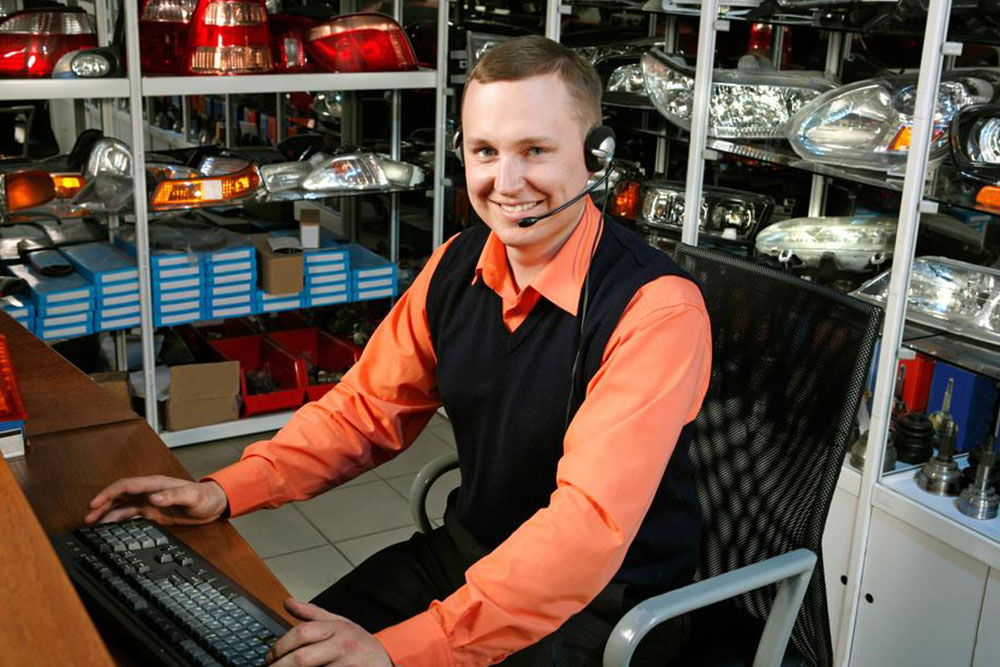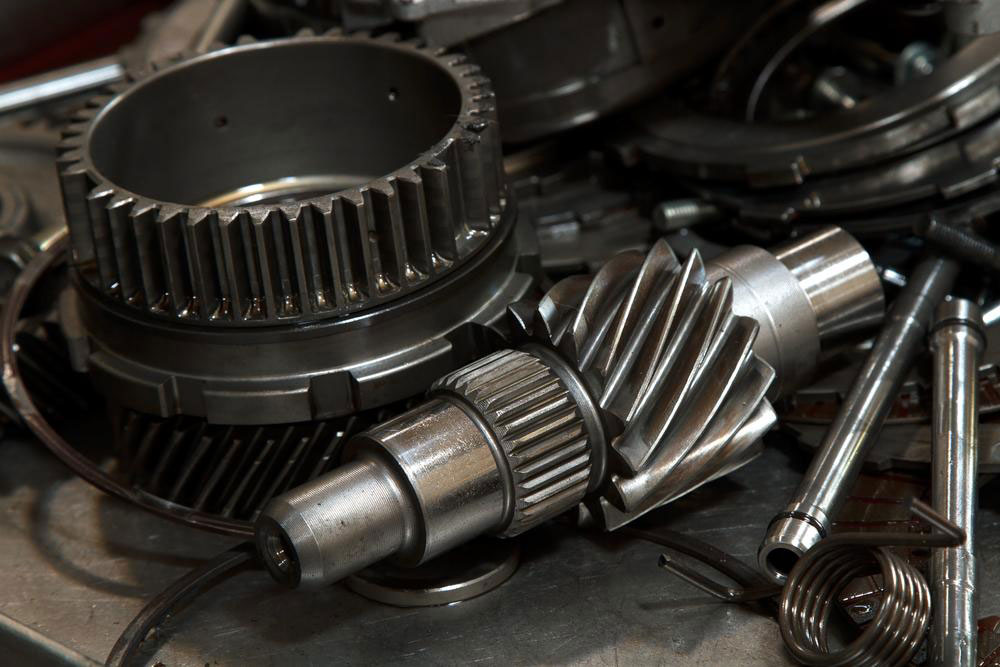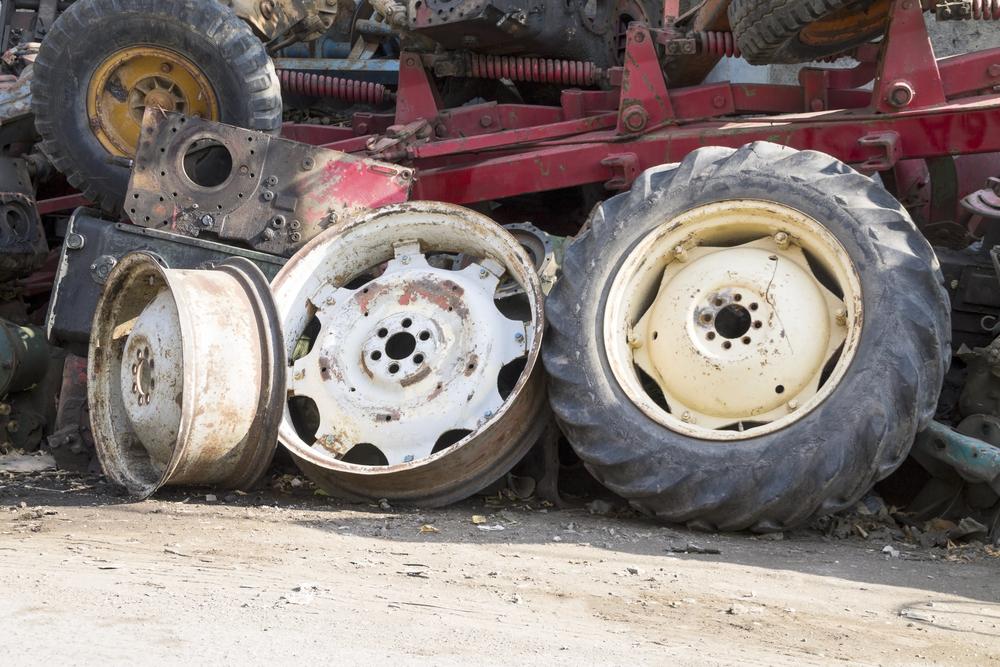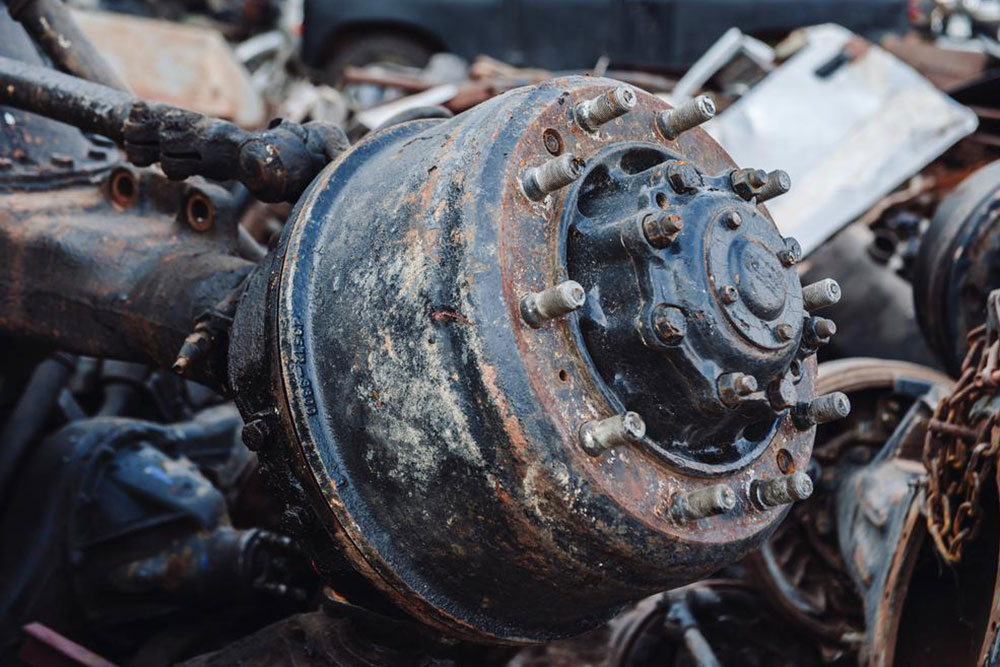Comprehensive Guide to Finding Rare Auto Parts: Strategies for Online and Offline Sourcing
This comprehensive guide provides detailed strategies for sourcing rare auto parts, blending online and offline methods. It covers working with mechanics, visiting junkyards, buying salvage vehicles, and contacting manufacturers, helping hobbyists and professionals find elusive components for vintage and specialized vehicles efficiently. Mastering these techniques can save time, reduce costs, and ensure successful restorations.

Comprehensive Guide to Finding Rare Auto Parts: Strategies for Online and Offline Sourcing
In the rapidly evolving world of automotive restoration and customization, sourcing rare and vintage auto parts has become a crucial aspect for enthusiasts, collectors, and professional mechanics alike. While the convenience of online shopping has simplified many aspects of car maintenance, procuring specific, obsolete, or hard-to-find parts still often requires a combination of offline and online strategies. Understanding where and how to locate these rare components can save you significant time and money, making your restoration or repair project much smoother.
In today’s digital age, many common automotive parts are accessible through e-commerce platforms at competitive prices. Major online marketplaces, specialized auto part websites, and auction sites offer vast inventories of common replacement components, making routine repairs straightforward. However, when it comes to vintage vehicles or specialized models, the quest for parts becomes more complex. These components might be discontinued, obsolete, or produced only in limited quantities, requiring more targeted and resourceful approaches.
One of the most effective ways to source rare auto parts is through the network of experienced mechanics and automotive specialists. These professionals often have extensive connections within the industry, including salvage yards, specialty suppliers, and private collectors. Their expertise and contacts can significantly streamline the process of tracking down elusive components. Mechanics with a specialization in vintage or classic cars tend to keep well-informed about vendors and sources that regular consumers might not discover on their own.
If sourcing through mechanics doesn’t yield the desired results, visiting junkyards—also known as auto salvage yards—becomes an invaluable option. These sprawling repositories are treasure troves for used, salvageable, or obsolete automotive parts. Many vintage and classic car enthusiasts frequent junkyards because they often contain rare parts not available elsewhere. Additionally, junkyards may have entire vehicles that can serve as donors for specific components such as dashboards, trim, engines, or transmission parts.
Hunting through junkyards can be a cost-effective approach, especially if you are willing to spend time searching. It also offers the chance to physically inspect parts for wear and compatibility, ensuring you get exactly what you need. Plus, junkyards foster a community of hobbyists and collectors who share a passion for restoring or customizing vintage cars. This environment provides opportunities for networking, advice, and trading valuable parts.
Another strategic move is to purchase a parts vehicle upfront. Buying a non-running or salvage car allows you to systematically extract spare parts over time. Listings for these vehicles can typically be found in online auction sites, specialized auto classifieds, or local newspaper auction sections. This method offers multiple benefits: it provides a readily available source of various parts and can significantly reduce the cost of restoration projects.
When offline options are exhausted, reaching out directly to the vehicle manufacturer or authorized dealerships remains essential, particularly for hard-to-find or discontinued parts. Authorized dealers often have access to manufacturers’ databases that include obsolete components. While purchasing from dealers can be costly, it provides assurance of part authenticity and compatibility. They may also be able to recommend alternative solutions or suggest compatible parts that meet original specifications.
In sum, sourcing rare auto parts is a multifaceted process that requires a blend of online research, industry connections, offline visits, and strategic planning. Whether it’s leveraging the expertise of seasoned mechanics, scouring junkyards, investing in salvage vehicles, or contacting manufacturers directly, each approach has its unique advantages. For automotive enthusiasts dedicated to restoring classic or vintage vehicles, mastering these sourcing strategies is essential to keeping their projects on track and within budget.
By understanding the various channels available—both online and offline—you can efficiently locate those elusive components that breathe new life into classic cars. This comprehensive guide aims to equip you with the knowledge and resources necessary to navigate the challenging but rewarding process of sourcing rare auto parts, making your restoration journey more successful and enjoyable.




